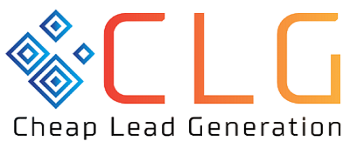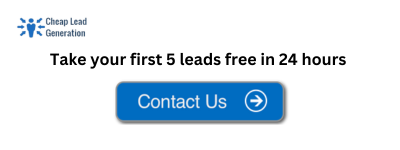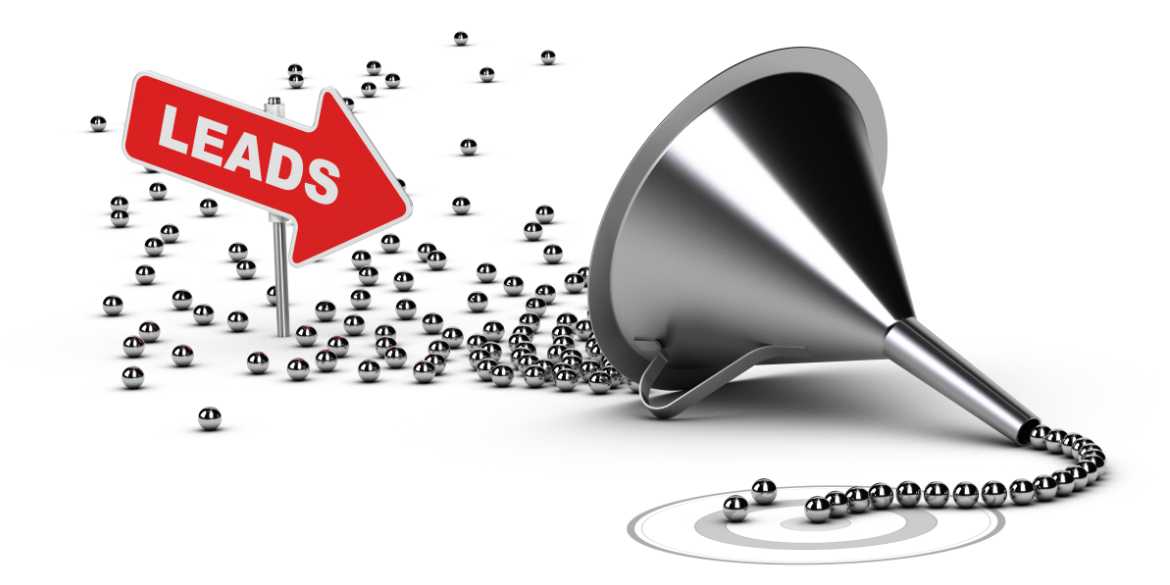
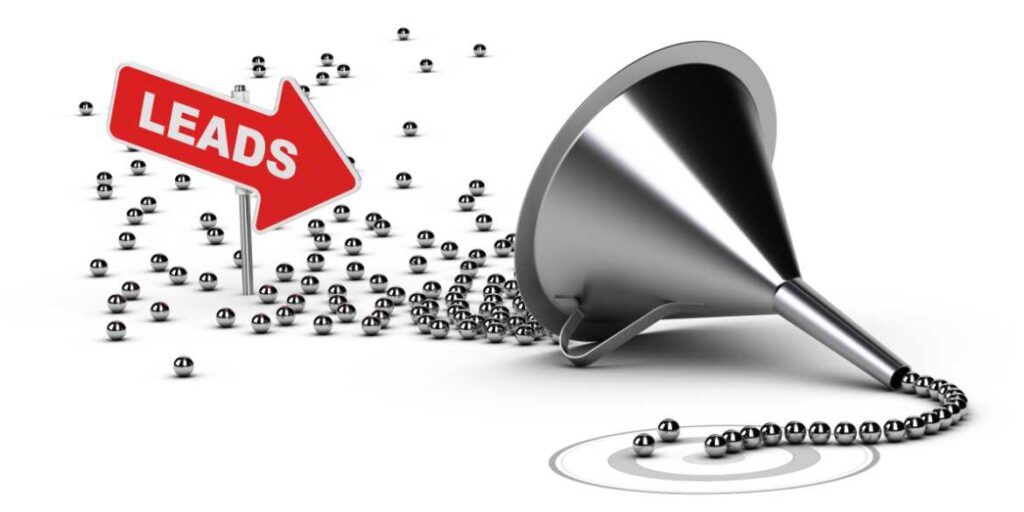
Welcome to the world of b2b lead generation, where art and science come together to fuel business growth! In today’s competitive marketplace, attracting and converting potential customers is more crucial than ever. Whether you’re a small startup or an established enterprise, mastering the art and science behind lead generation can make all the difference in your success.
But what exactly is lead generation? Simply put, it’s the process of capturing interest from potential customers or leads and nurturing them into paying customers. It involves understanding your target audience, creating compelling content, utilizing various marketing channels effectively, and building relationships through personalized communication.
In this blog post, we’ll delve into the strategies that can help you attract and convert those valuable leads. From identifying your ideal customer profile to leveraging social media platforms and implementing effective SEO techniques – we’ve got you covered! So, let’s dive in and explore the fascinating world of lead generation marketing. Get ready to revolutionize how you generate B2B sales leads by unleashing powerful tools tailored for success!
Understanding the art and science behind b2b lead generation
B2B Lead Generation is both an art and a science. It requires creativity, strategy, and careful analysis to attract potential customers and convert them into actual leads. The art lies in crafting compelling content that resonates with your target audience, while the science involves using data-driven insights to optimize your b2b lead generation efforts.
To truly understand the art of b2b lead generation, you need to start by identifying your target audience. Who are they? What are their pain points? By creating buyer personas, you can tailor your marketing messages to address their specific needs and interests.
Once you have a clear understanding of your target audience, it’s time to get creative with your strategies. Content marketing plays a crucial role in attracting potential customers through valuable blog posts, informative videos, or engaging social media campaigns.
Social media platforms provide an excellent opportunity for businesses to connect with their target audience on a more personal level. By sharing relevant content and actively engaging with followers, you can build trust and establish yourself as an authority in your industry.
However, attracting potential customers is just the first step. Lead magnets are incentives that entice visitors to provide their contact information, such as free e-books and exclusive offers.
If your customer is in the early stages of their journey, provide educational resources and offer special promotions.
In conclusion…
Through the use of creative content marketing and social media engagement, as well as lead magnets and personalized email communication techniques, businesses can harness their full potential to generate leads.

Identifying your target audience and creating a buyer persona
Identifying your target audience is a crucial step in any successful b2b lead generation strategy. Understanding who your potential customers are and what they need allows you to tailor your marketing efforts specifically towards them.
To begin, take a deep dive into your existing customer base. Analyze their demographics, interests, and behaviors to identify common patterns or characteristics. This will help you create a buyer persona – a fictional representation of your ideal customer.
Take into account factors such as age, gender, location, occupation, challenges they face, and goals they want to accomplish. Creating a detailed persona will help you reach similar people and engage them.
Additionally, conducting market research can provide valuable insights into the needs and preferences of your target audience. Surveys, interviews with current customers or industry experts can uncover pain points that you can address through targeted content or product offerings.
By identifying your target audience and creating an accurate buyer persona, you can craft messaging that resonates with their needs and desires. Then, you can develop content that speaks directly to their pain points.
To ensure that you stay aligned with customer needs, review data analytics regularly and solicit feedback from customers to determine your target audience. The more insights you gain, the more effective you will be at generating high-quality leads.
Strategies for attracting potential customers through content marketing, social media, and SEO
Strategies for attracting potential customers through content marketing, social media, and SEO can greatly enhance your b2b lead generation efforts. Let’s dive into each of these strategies individually to understand how they can help you reach and engage with your target audience.
Content marketing is an effective way to attract potential customers by providing valuable and relevant information. As an industry authority, you can establish yourself as a trusted source by writing high-quality blogs, articles, videos, and infographics. This not only attracts potential customers but also keeps them engaged and interested in what you have to offer.
Social media platforms provide an excellent opportunity to connect with your target audience on a personal level. By sharing engaging content regularly and actively interacting with your followers’ comments and messages, you can build a strong online presence. Utilizing social media advertising options further helps amplify your reach to potential customers who may not be familiar with your brand yet.
SEO (Search Engine Optimization) plays a vital role in making sure that when someone searches for products or services related to yours, they find you at the top of search engine results pages. Your website’s SEO should include using relevant keywords, building reputable backlinks, and improving the speed of the site.
Remember that consistency is crucial across all three strategies – content marketing, social media engagement, and SEO optimization – if you want to attract and convert potential customers effectively. By implementing these a strategic approach for B2B lead generation purposes while keeping up-to-date with industry trends and consumer behavior patterns – will yield significant results for growing leads!
The role of b2b lead magnets in capturing contact information from potential customers
One of the key strategies in b2b lead generation is using lead magnets to capture contact information from potential customers. A lead magnet is something of value that you offer in exchange for a person’s contact details, such as their email address. It acts as an incentive for individuals to provide their information willingly.
Lead magnets come in various forms and can be tailored to your target audience’s preferences. Offer your audience free eBooks, whitepapers, checklists, templates, webinars, or exclusive discounts.
The goal of a lead magnet is not just to collect contact information but also to establish trust and credibility with your potential customers. By offering them something useful upfront without asking for anything in return immediately, you are building a relationship based on reciprocity.
It’s crucial to ensure that your lead magnet aligns with the interests and needs of your target audience. Conduct market research and understand what challenges they face or what solutions they seek. This will help you create content that resonates with them and makes them more likely to provide their contact details.
Once you have captured someone’s contact information through a lead magnet, it opens up opportunities for further engagement through email marketing. You can nurture leads by sending personalized emails targeted towards addressing their pain points, providing additional resources or offers related to the original content they downloaded.
Remember that capturing contact information is just the beginning; it’s what comes after that sets successful businesses apart from others!

Nurturing b2b leads through email marketing and personalized communication
In the world of B2B Lead Generation, one cannot underestimate the power of email marketing and personalized communication in nurturing potential customers. Keep in touch with lead magnet recipients once you capture their contact information.
You can send relevant content, updates, and offers straight to your leads’ inboxes with email marketing. By segmenting your email list based on demographics, behavior patterns, or preferences, you can tailor your messages to resonate with different groups of leads.
Personalization is key when it comes to engaging potential customers. Gone are the days of generic mass emails that end up in spam folders or get deleted without even being opened. Instead, focus on crafting personalized emails that address each lead by name and speak directly to their pain points or aspirations.
Utilize automation tools and software platforms that enable you to send automated follow-up sequences based on user actions or triggers. This ensures that no opportunity slips through the cracks and every lead receives timely responses tailored to their specific journey.
Furthermore, consider integrating other channels like social media into your nurturing process. Share valuable content related to your leads’ interests, respond to comments, or run targeted ads targeting this audience segment.
Successful b2b lead generation requires both art and science – buyer personas inform your strategies while creativity makes you stand out. Try out different content formats such as videos and interactive quizzes, or A/B test subject lines.
Lead generation involves more than just acquiring contacts; it requires delivering value over time via email marketing and personalized communication. Your business model’s data-driven insights will determine how successful you are in generating B2B sales leads.
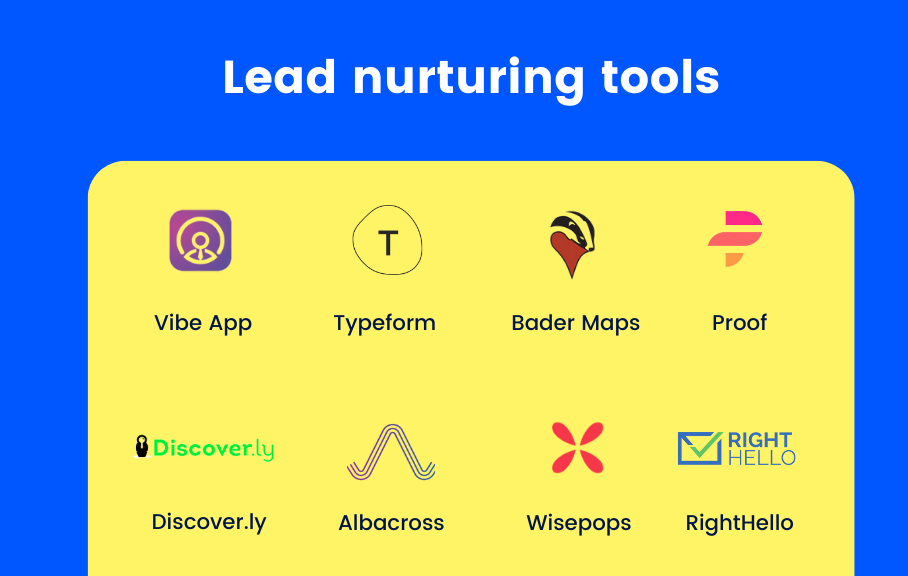
The science of conversion: optimizing landing pages and creating a seamless customer journey
When it comes to B2B Lead Generation, optimizing your landing pages is crucial for converting potential customers into actual leads. Visitors can be enticed to take action with the right landing page design and careful crafting.
It’s important to ensure that your landing page has a clear and concise message. Keep the content focused on the offer or value proposition you’re presenting, making it easy for visitors to understand what they will gain by providing their information.
Pay close attention to the design elements of your landing page. Use eye-catching visuals, compelling headlines, and persuasive calls-to-action (CTAs) that guide users towards taking the desired action. Remember: simplicity is key! Avoid cluttered designs that may confuse or overwhelm visitors.
Furthermore, consider implementing trust signals such as customer testimonials or industry certifications on your landing pages. Instill confidence in potential customers who may be hesitant to share their information.
To create a seamless customer journey from click-through to conversion, make sure there is consistency between your ad copy or email campaign and the messaging on your landing page. This helps maintain a cohesive experience for users throughout their interaction with your brand.
Don’t forget about mobile optimization! With an increasing number of people browsing on smartphones and tablets, it’s essential that your landing pages are responsive and easily accessible across different devices.
When you design your landing pages, you’ll increase the chances of converting interested prospects into potential leads.
Tools and software for effective b2b lead
Tools and software can play a crucial role in optimizing b2b lead generation efforts. With the right tools, businesses can streamline their processes, automate tasks, and gain valuable insights into their target audience.
One essential tool for effective lead generation is a customer relationship management (CRM) system. A CRM helps businesses manage their interactions with potential customers, track leads throughout the sales funnel, and nurture relationships over time. It centralizes data and allows teams to collaborate seamlessly.
Another helpful tool is marketing automation software. This technology enables businesses to automate repetitive marketing tasks such as email campaigns, social media posting, and lead scoring. By automating these processes, companies can save time and resources while delivering personalized experiences to prospects.
Data analytics tools are also invaluable when it comes to generating leads. These tools enable businesses to analyze website traffic patterns, identify key conversion points on landing pages, and track visitor behavior. By understanding how visitors engage with your content or site, you can make data-driven decisions that optimize conversion rates.
Furthermore, chatbots have emerged as powerful lead generation tools in recent years. These AI-powered virtual assistants can engage with website visitors in real-time by providing information or answering questions about products or services 24/7. Chatbots not only enhance the user experience but also capture valuable contact information from potential leads.
In conclusion (not concluding), leveraging the right tools and software is essential for effective b2b lead generation strategies in today’s digital landscape. From CRM systems to marketing automation software and data analytics tools – each plays a unique role in attracting qualified leads and converting them into loyal customers! So don’t underestimate the power of these technological advancements; they may be just what you need to take your lead generation efforts to new heights
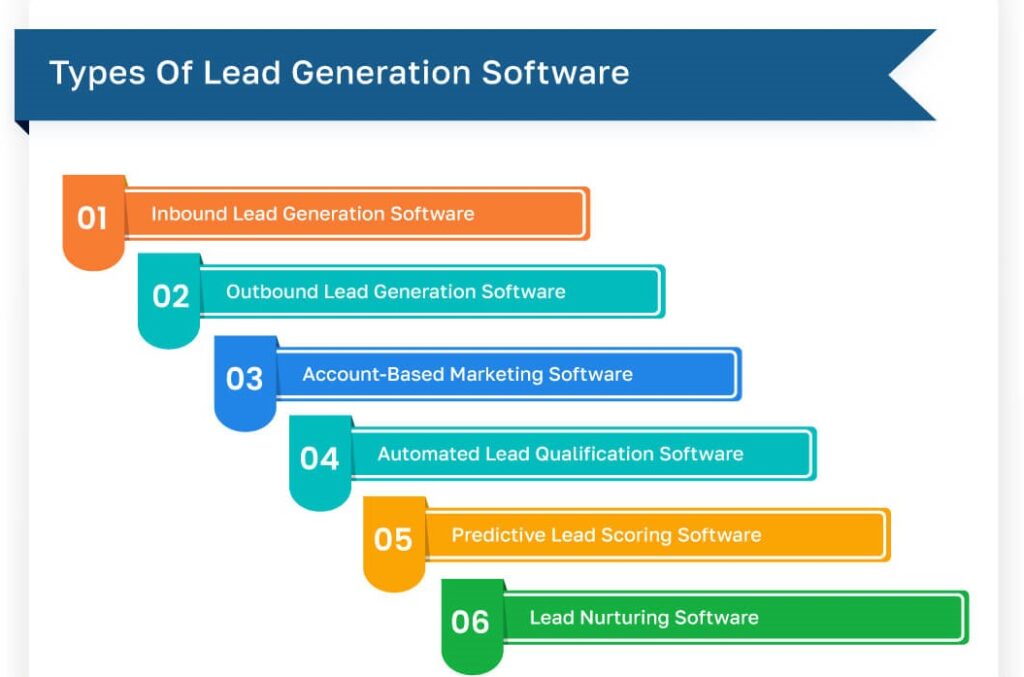
Conclusion: The Art and Science of Balancing
In the world of B2B Lead Generation, finding the right balance between art and science is crucial. It’s important to embrace creativity and human connection to optimize conversion rates along with data-driven strategies and analytical tools.
Successful b2b lead generation requires a deep understanding of your target audience, their pain points, and their motivations. By leveraging this knowledge, you can craft compelling content that resonates with them on an emotional level. It goes beyond just words to include visual design, persuasive elements like testimonials, and tone of voice.
However, relying solely on artistic intuition without incorporating scientific methods would be shortsighted. Analyzing data from different sources will help you identify trends, preferences, and opportunities for optimization. Tools like A/B testing software can provide insights into what works best for attracting leads and converting them into customers.
The key lies in striking a delicate balance between artistry and science throughout your lead generation efforts. By combining creative storytelling with data-driven decision-making processes, you can create a seamless customer journey that captures attention, builds trust.
